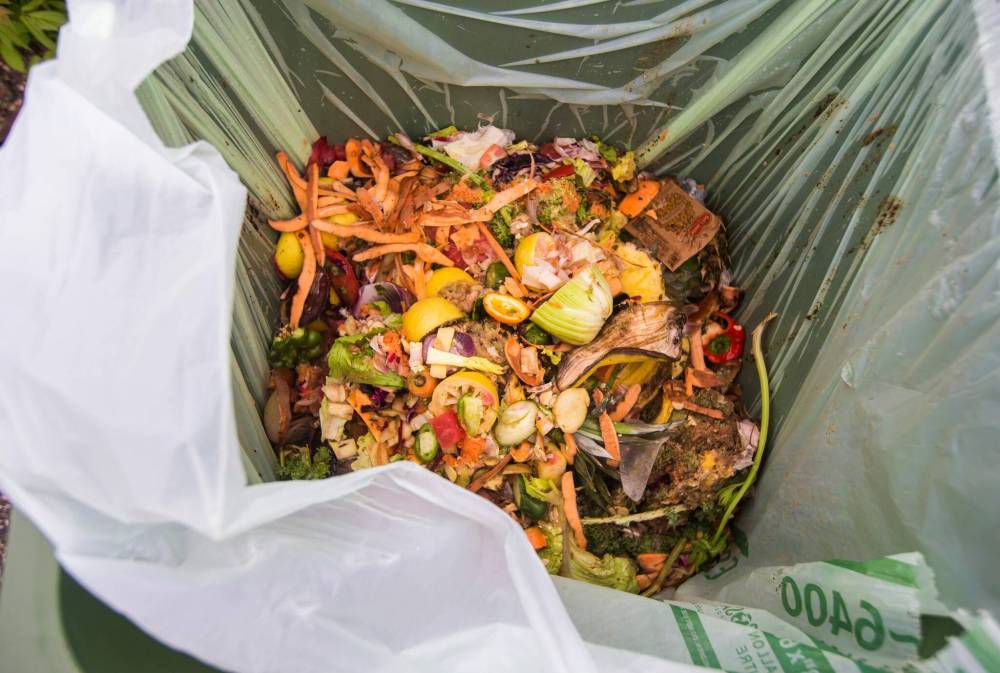
The giant lake state lawmakers envision as a rival to Iowa’s Lake Okoboji will not be constructed on its proposed site in Sarpy County west of Gretna because of concerns it would affect the wells in the Platte River that supply Lincoln’s water. That ruling is from an engineering study conducted by Olsson and Black & Veatch for the Lincoln Water System and Omaha’s Metropolitan Utilities District, which determined that a lake in the proposed location would coincide directly with a portion of the wellhead protection area of the Lincoln Water System wellfield. A big recreational lake with residential and commercial development “would stand to present threats to water quality in the local aquifer as well as the hydrologically connected Platte River,” the report says.
So the project that contemplated a lake of 3,600 acres or larger excavated in the floodplain on the east side of the Platte River northeast of Ashland is back to square zero, an idea without a home. People are also reading..
. The study proposes three other potential sites, saying a preliminary look doesn’t disqualify any from consideration, but further study is needed. A quick examination of those three sites, however, shows all three to be problematic.
There is a site along the Platte downstream from Louisville in Sarpy County where a lake could be excavated that would not affect the Lincoln and Omaha wellfields. But, critically, that site could only accommodate a 2,100-acre lake, a little more than half the size of the original proposed lake. A lake of that size, frankly, could not come close to rivaling Lake Okoboji and its location about 15 miles east of Interstate 80 removes it from prime tourist access.
The other potential sites identified in the study would involve damming the Elkhorn River near Nickerson or the Salt Creek between Greenwood and Ashland to create lakes about 4,100 acres in size. Damming a river or creek is a far different undertaking than dredging a lake in a floodplain, a sure-to-be more expensive and complicated process that would almost certainly generate opposition from landowners who don’t want to lose their property and will require extensive environmental studies and construction design. The engineering study suggests that those sites be more extensively studied as potential future lakes.
That is the bare minimum that the Department of Natural Resources should do. But, as the newly proposed sites depart in critical ways from the original proposal — either smaller or requiring dams rather than excavation — the Legislature should also take another look at the “big lake,” its costs and potential effectiveness and consider eliminating it altogether and spending the millions in state programs that are struggling for funding. Catch the latest in Opinion Get opinion pieces, letters and editorials sent directly to your inbox weekly!.











